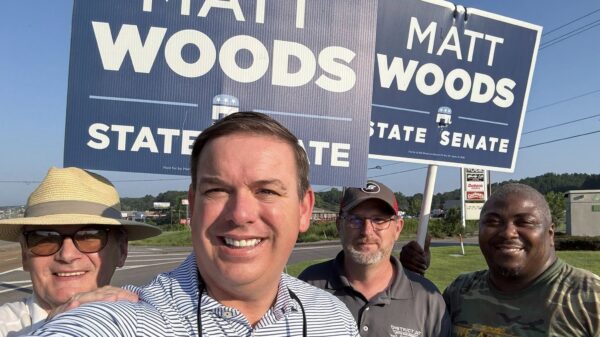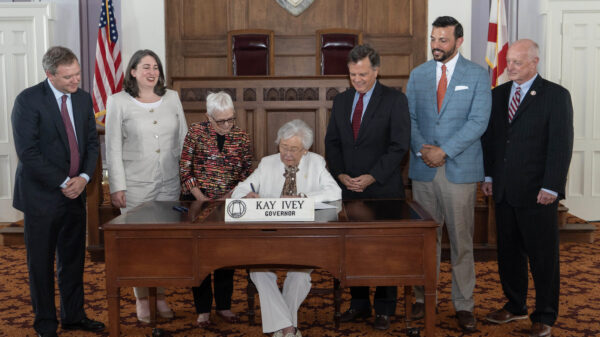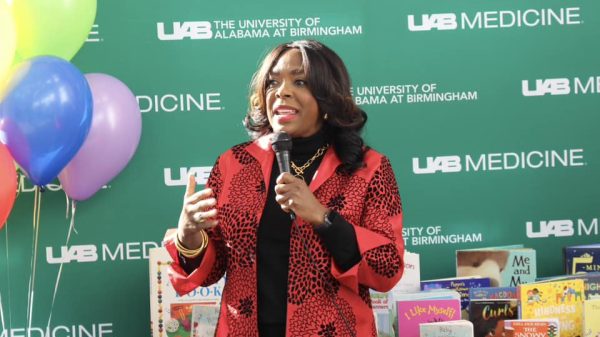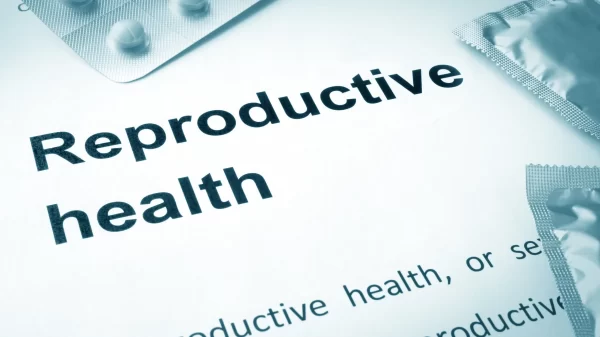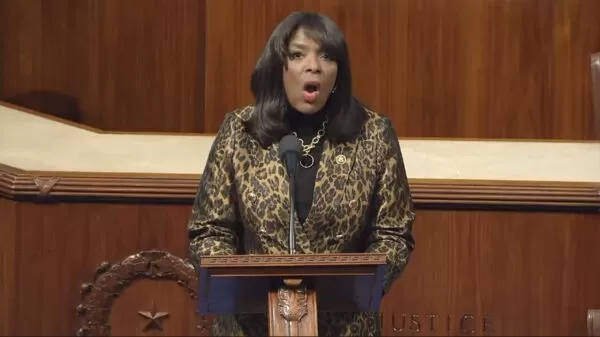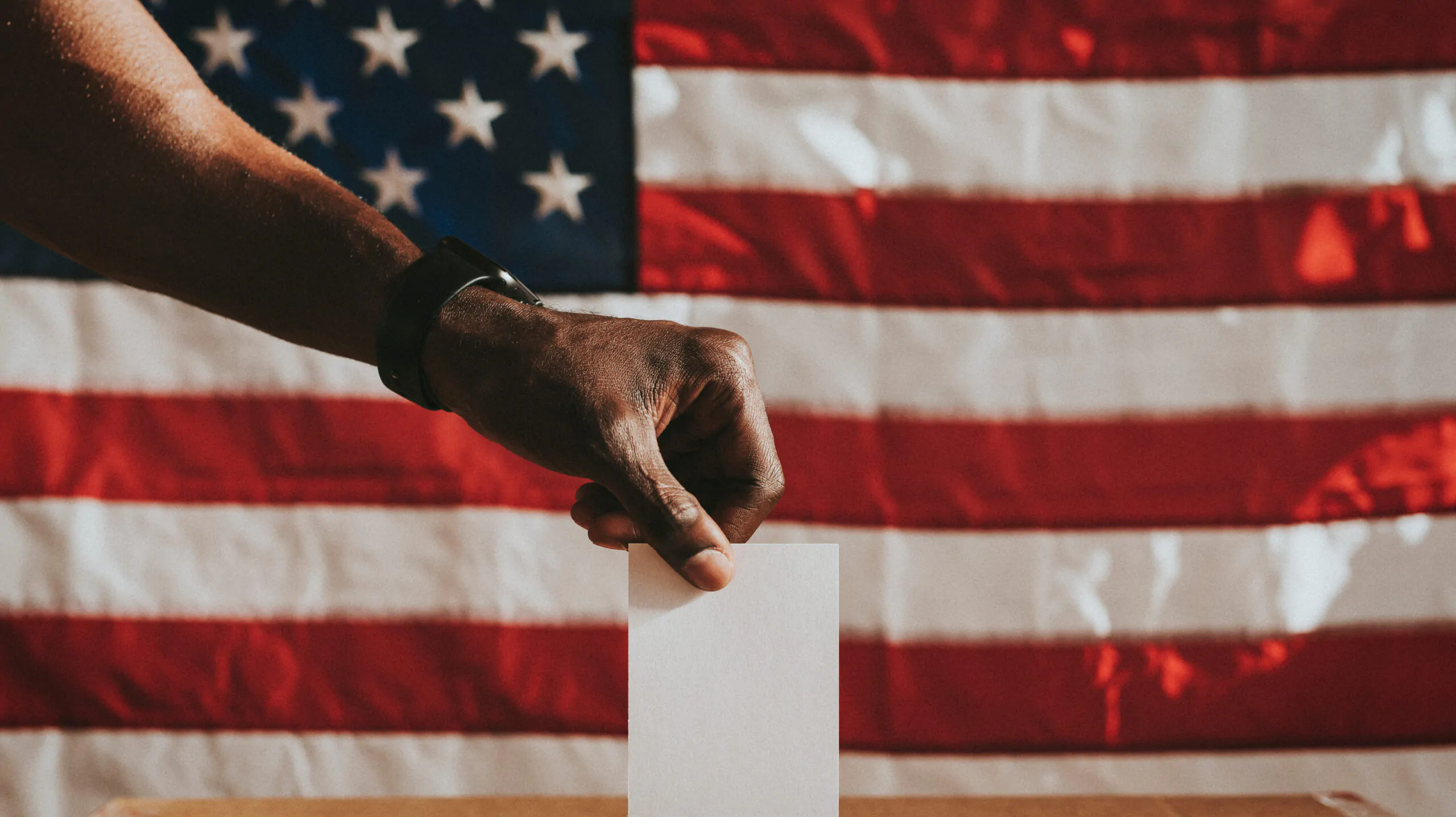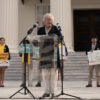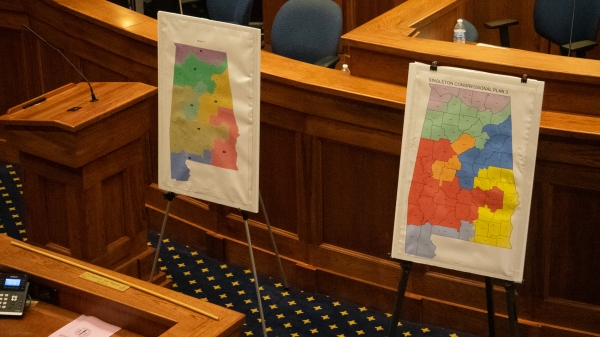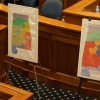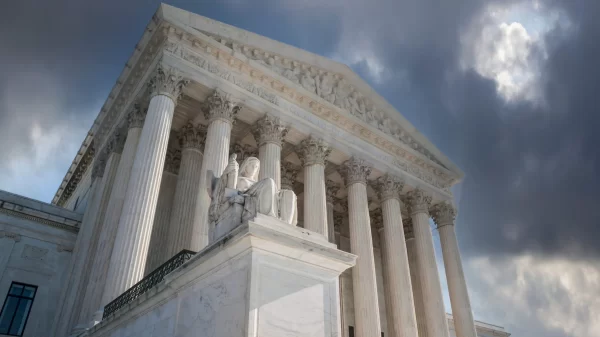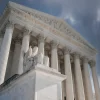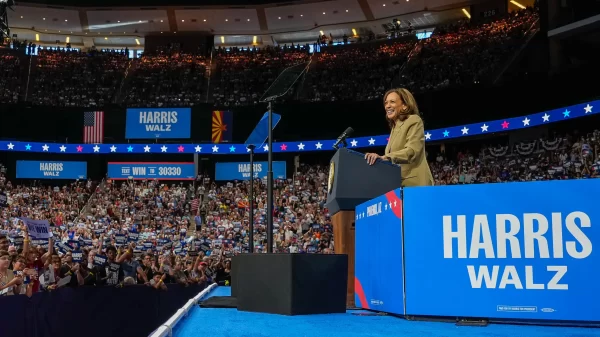A new report by the Brennan Center For Justice at NYU Law titled “10 Years After SCOTUS Gutted Voting Rights Act, Alabama Turnout Gap Is Worse” demonstrates that the turnout gap between Black and white voters tripled from 2012-2022.
The findings are important because they refute one of the key reasons the United States Supreme Court ruled in Shelby v. Holder that the preclearance provision of the Voting Rights Act was unconstitutional. The preclearance provision required state and local governments with a history of discrimination to receive approval from the federal government prior to enacting new voting laws.
The Supreme Court’s decision, which was made 10 years ago this month, noted that the Black and white voter turnout gap between 2008-2012 had closed nationally and determined that this was evidence of racial discrimination no longer affecting elections. The court expected this trend to continue but as the Brennan Center states in their report, “our data demonstrates that the majority in Shelby County was decidedly wrong, however, to attribute that closure [racial turnout gap] to the eradication of race discrimination in elections. The far more likely explanation was that Barack Obama’s historic presidential nomination led to substantially higher Black turnout.”
According to the Brennan Center’s data, the gap between white-Black voter turnout increased every year from 2012-2022 outside of 2018. In 2022, the Black-white voting gap was at 9 percent meaning it tripled since 2012’s 3 percent gap. If there was parity last year then 90,000 more Black voters would have participated in the election process.
In terms of white and non-white voter turnout, it fluctuated during the decade but landed at 13 percent in 2020 and remained there until 2022. This means that over 150,000 non-white voters did not vote in 2022.
Following the Shelby decision Alabama, one of the states with a penchant for discriminatory practices, quickly enacted a photo ID law. Several studies have illustrated that photo ID laws harm Black and non-white voters. These discriminatory laws combined with Obama no longer running for president and even an often unorganized Democratic Party in Alabama are likely some of the many reasons for the racial turnout gap.
“While this data standing alone cannot prove that the absence of Section 5’s protection is the sole reason for Alabama’s widening racial turnout gap,” the authors of the study noted. “The finding quite clearly refutes the majority’s assertion that discrimination was only ever a “vestige” in the state. Both in 2013 and now, discrimination enmeshed in the state’s election practices has engendered significant racial differences in the enjoyment of the franchise.”
The Supreme Court just decided earlier this month that Alabama’s current congressional map likely violated the Voting Rights Act because it diluted Black Voting Power. During the 2023 Legislative Session, a bill was introduced by Rep. Jamie Kiel, R-Russellville, that would have criminalized people for helping or asking for help with their absentee ballots but it died during the session.
View the entire report here.





